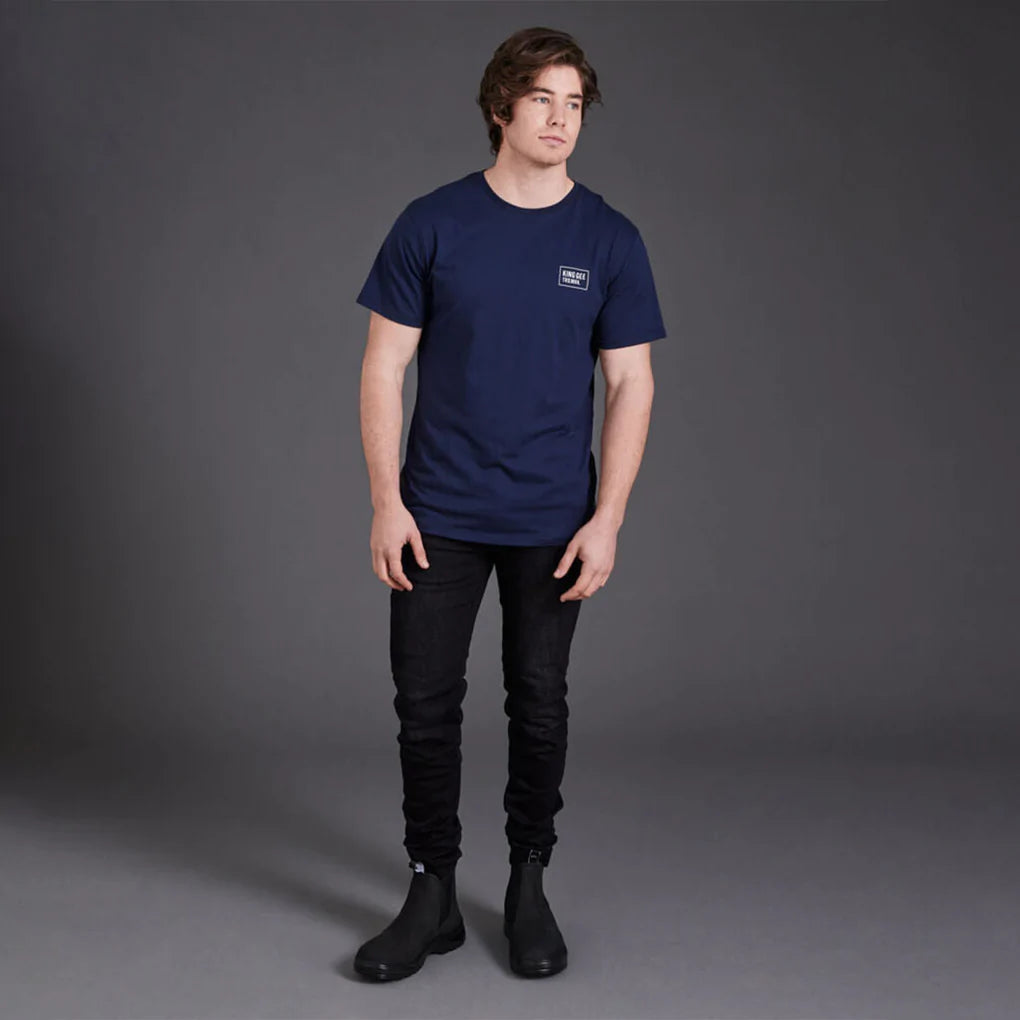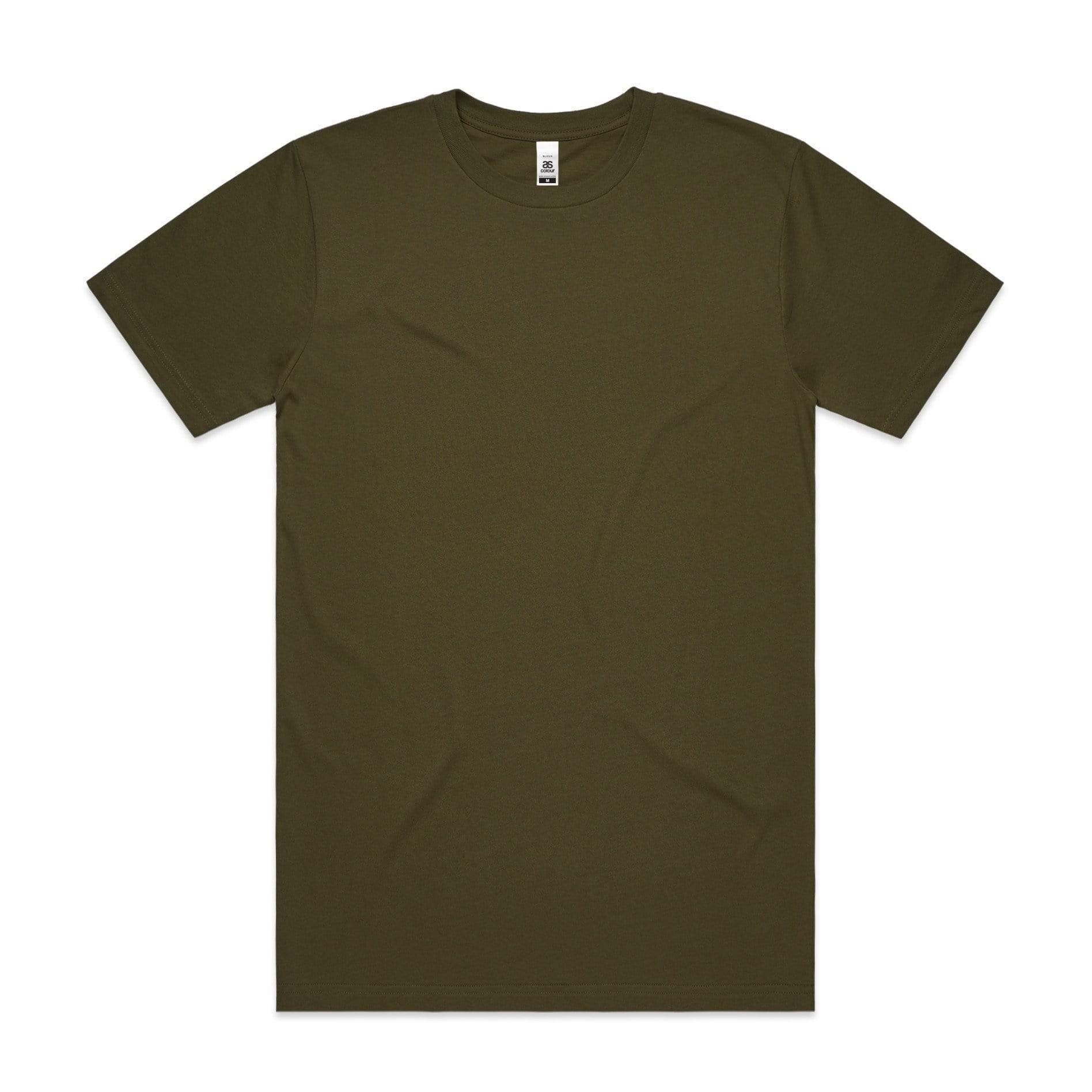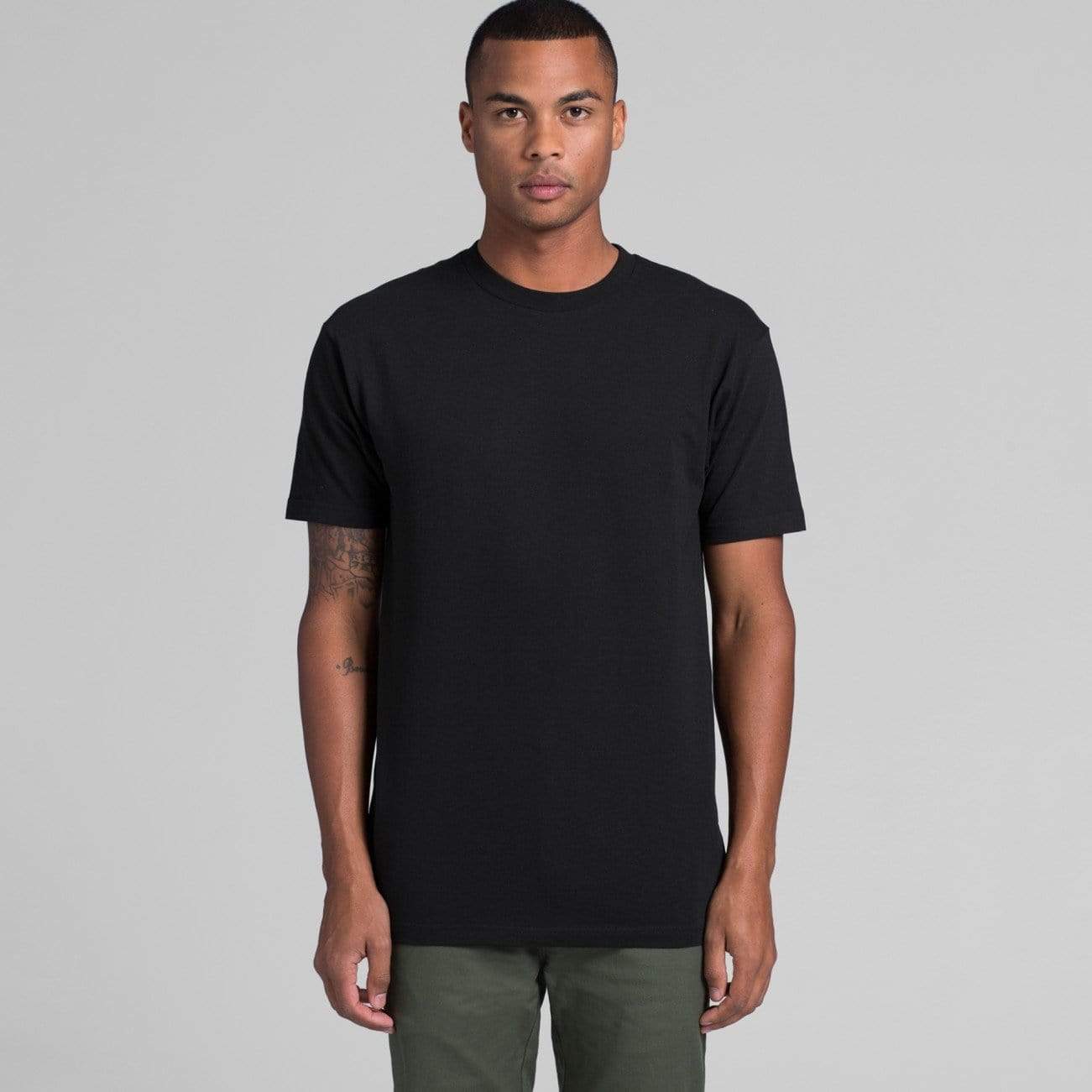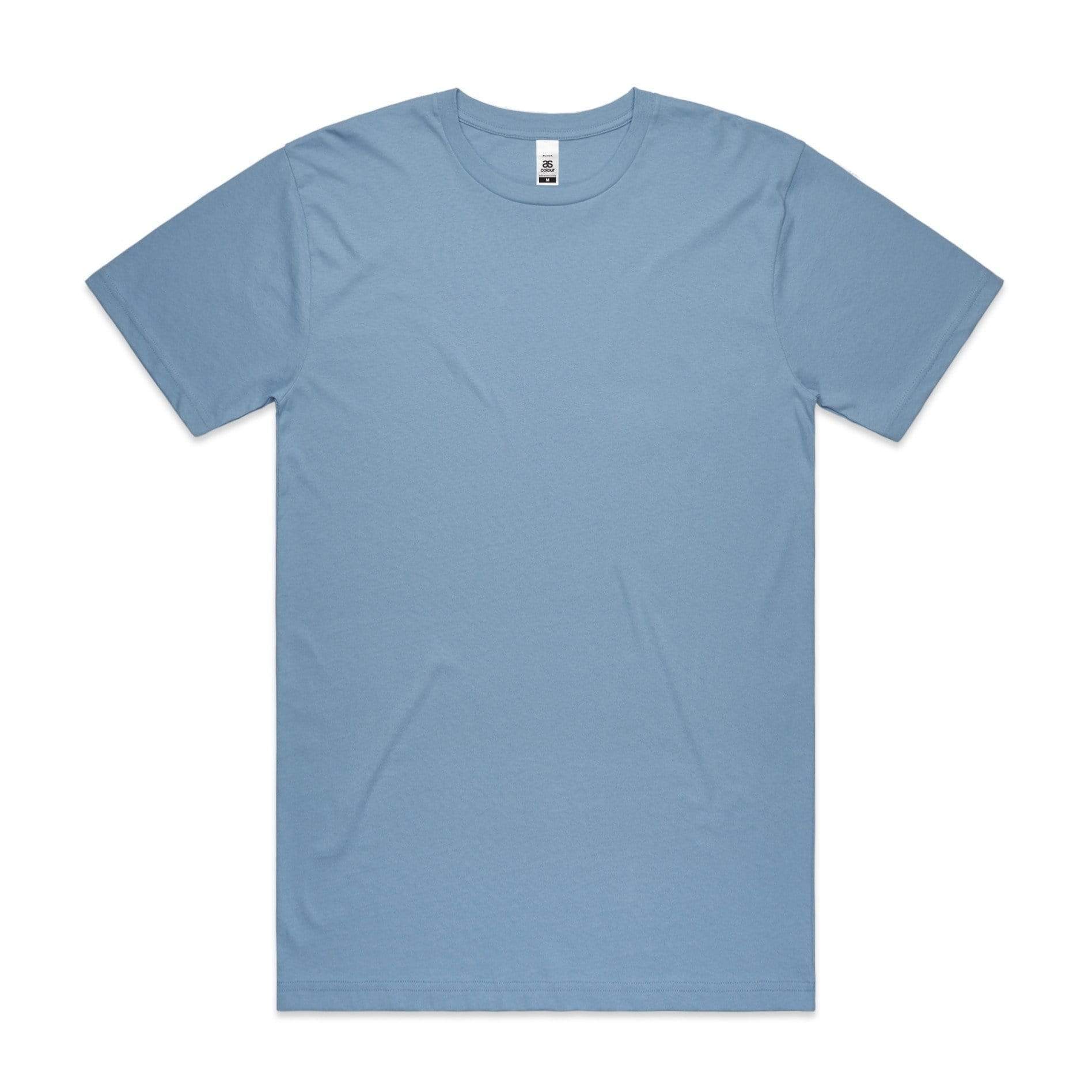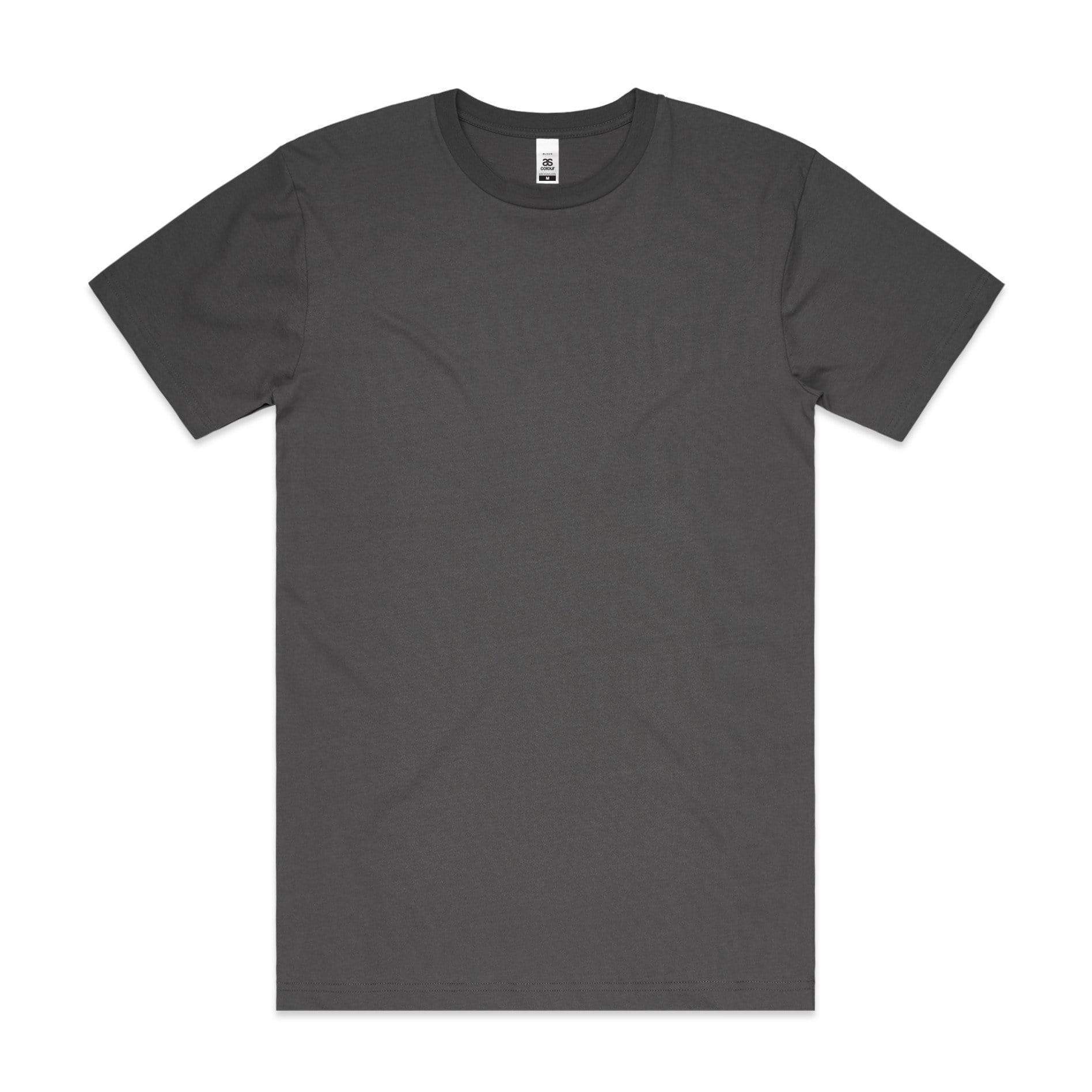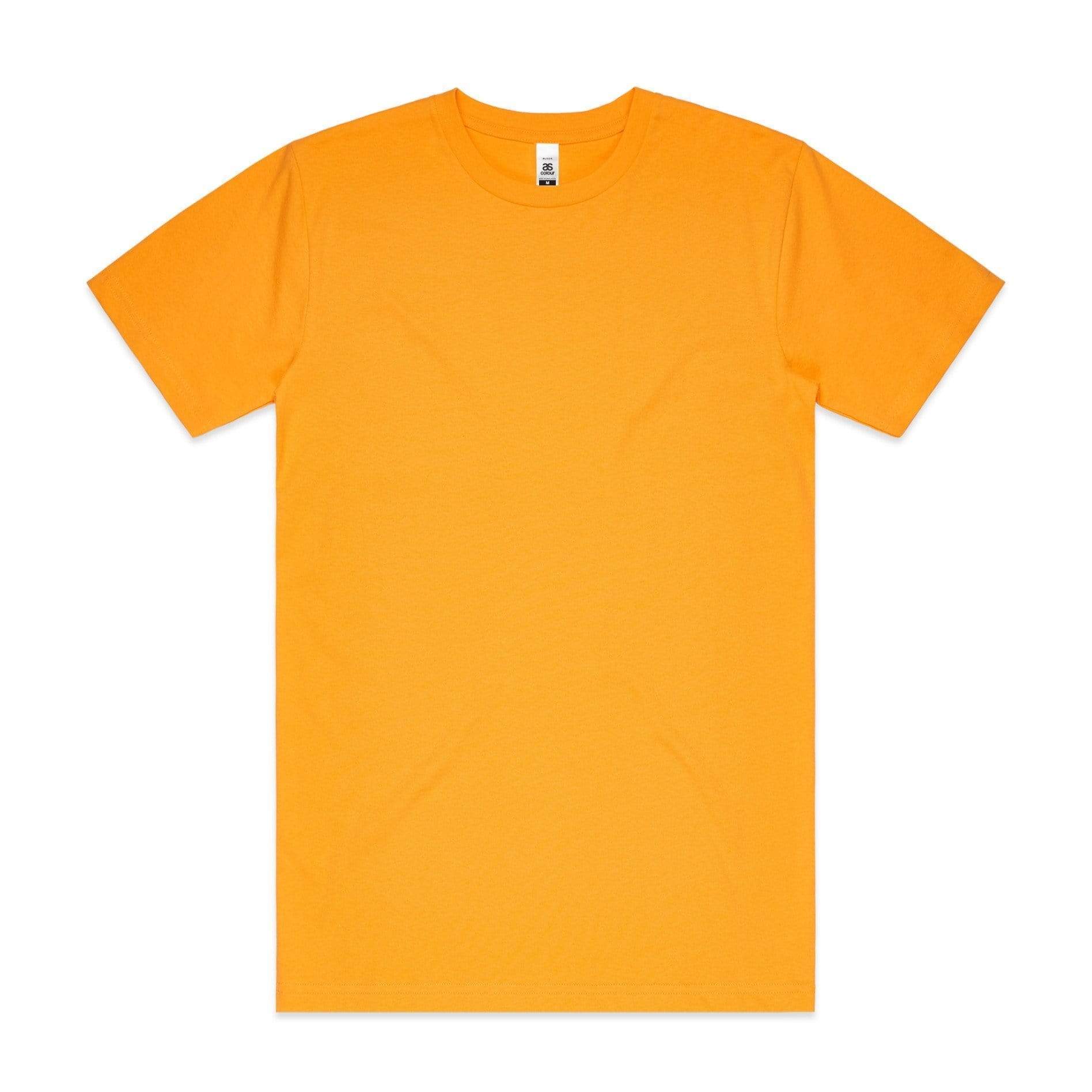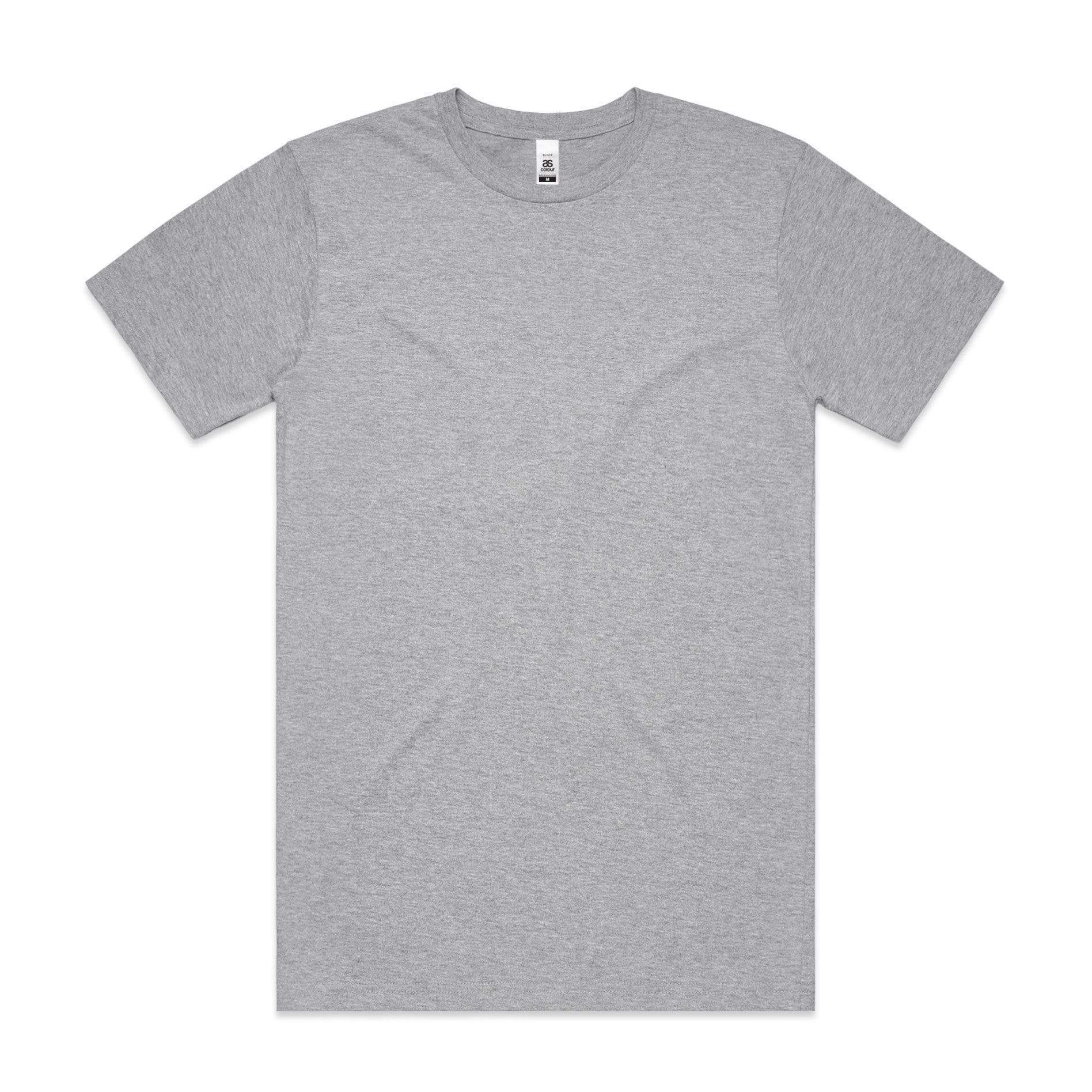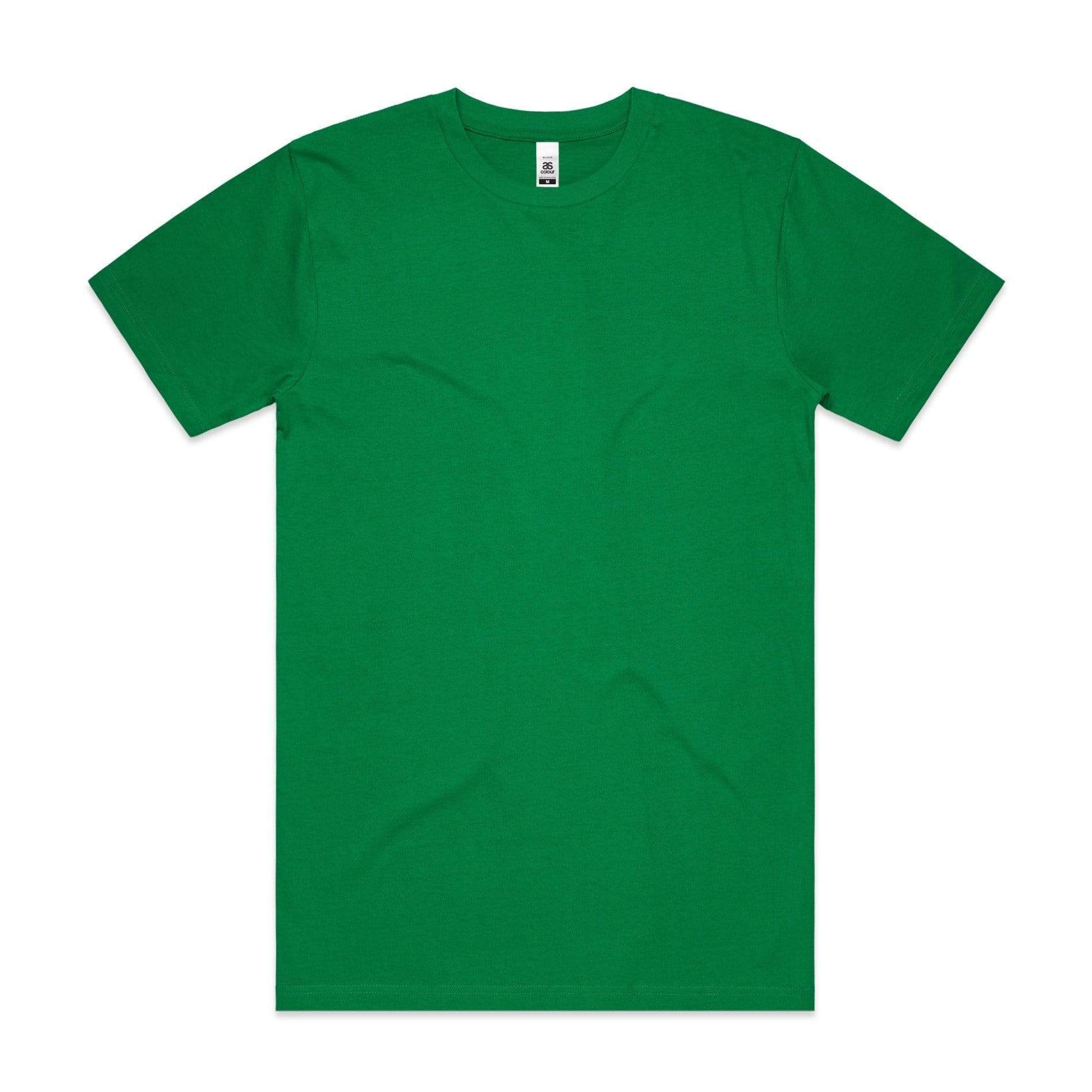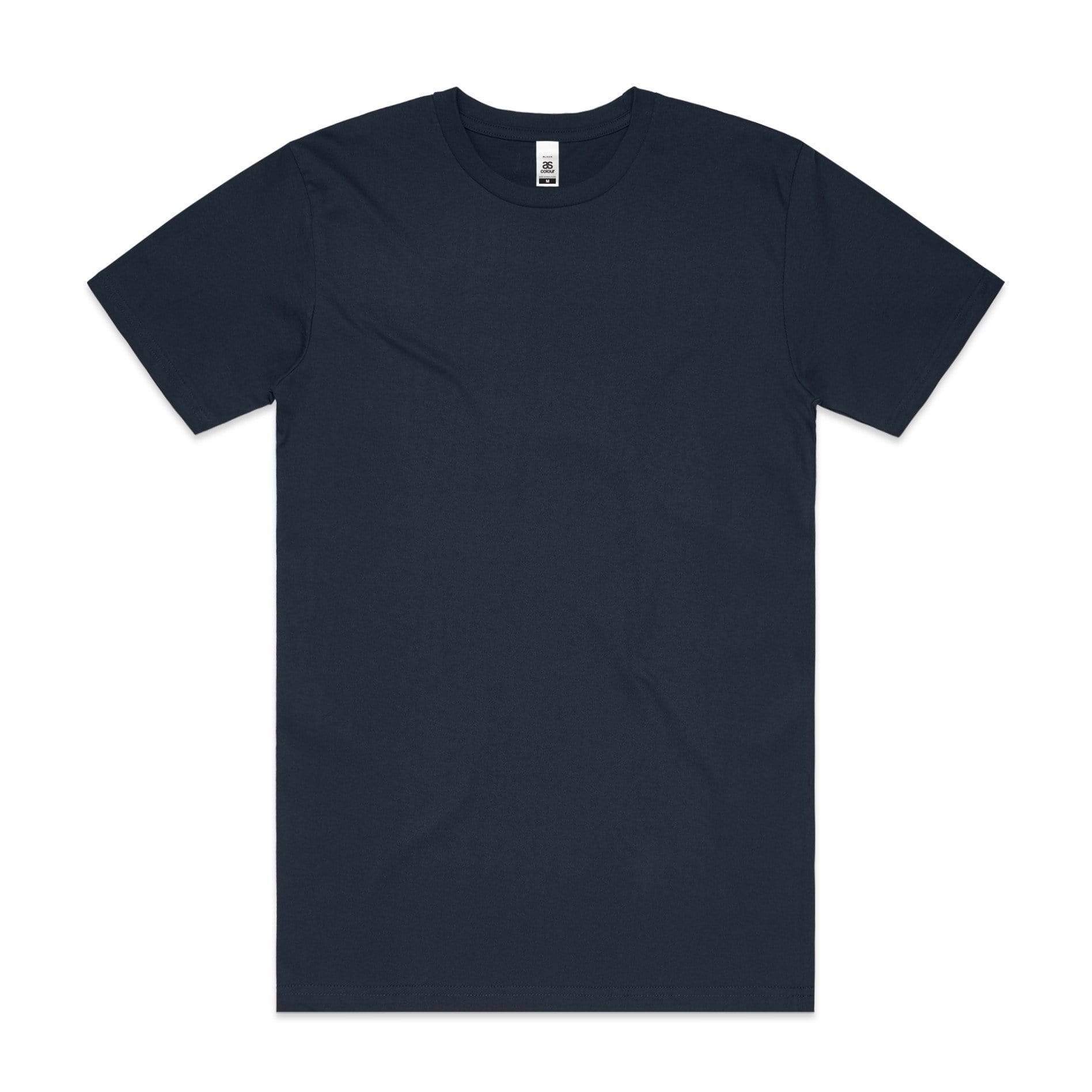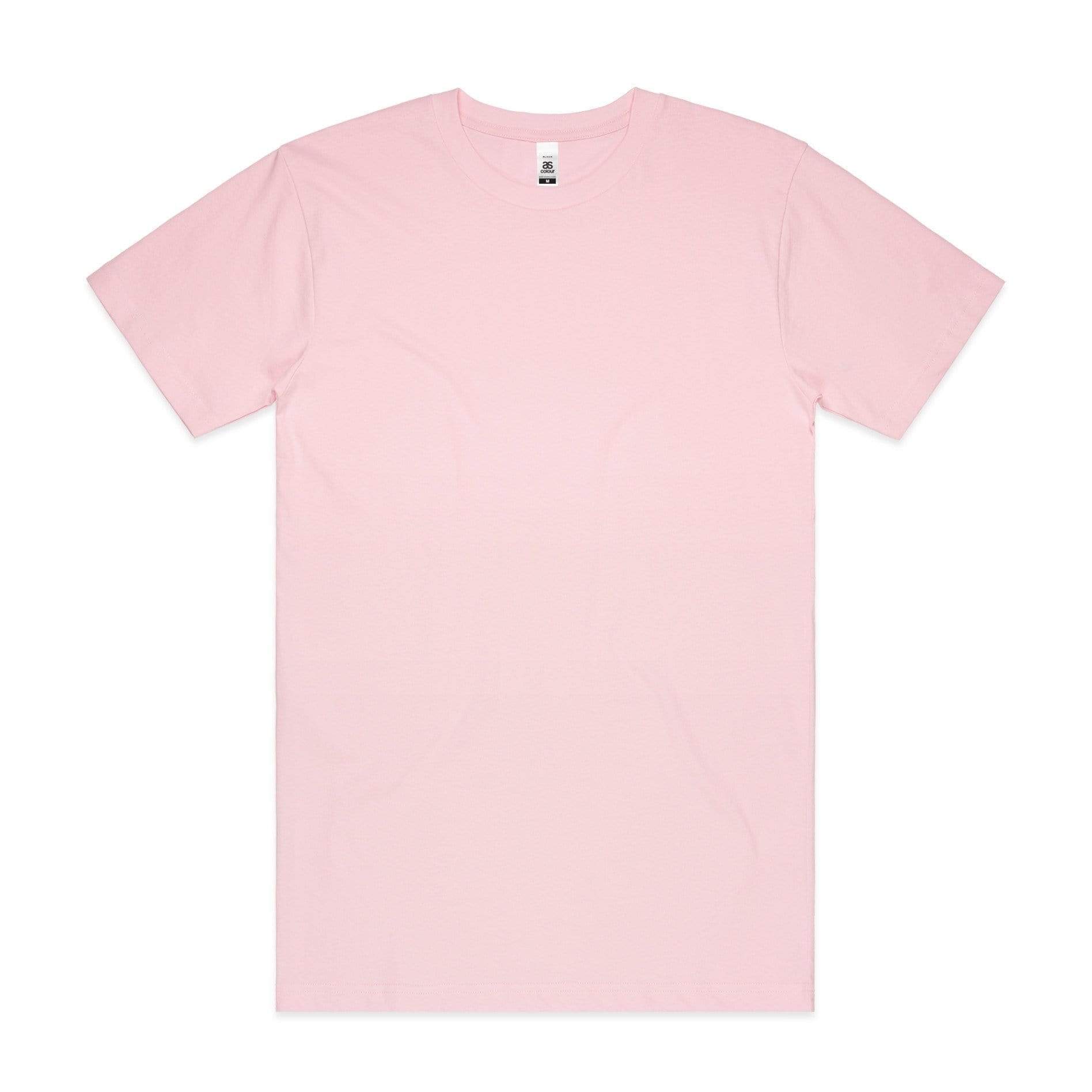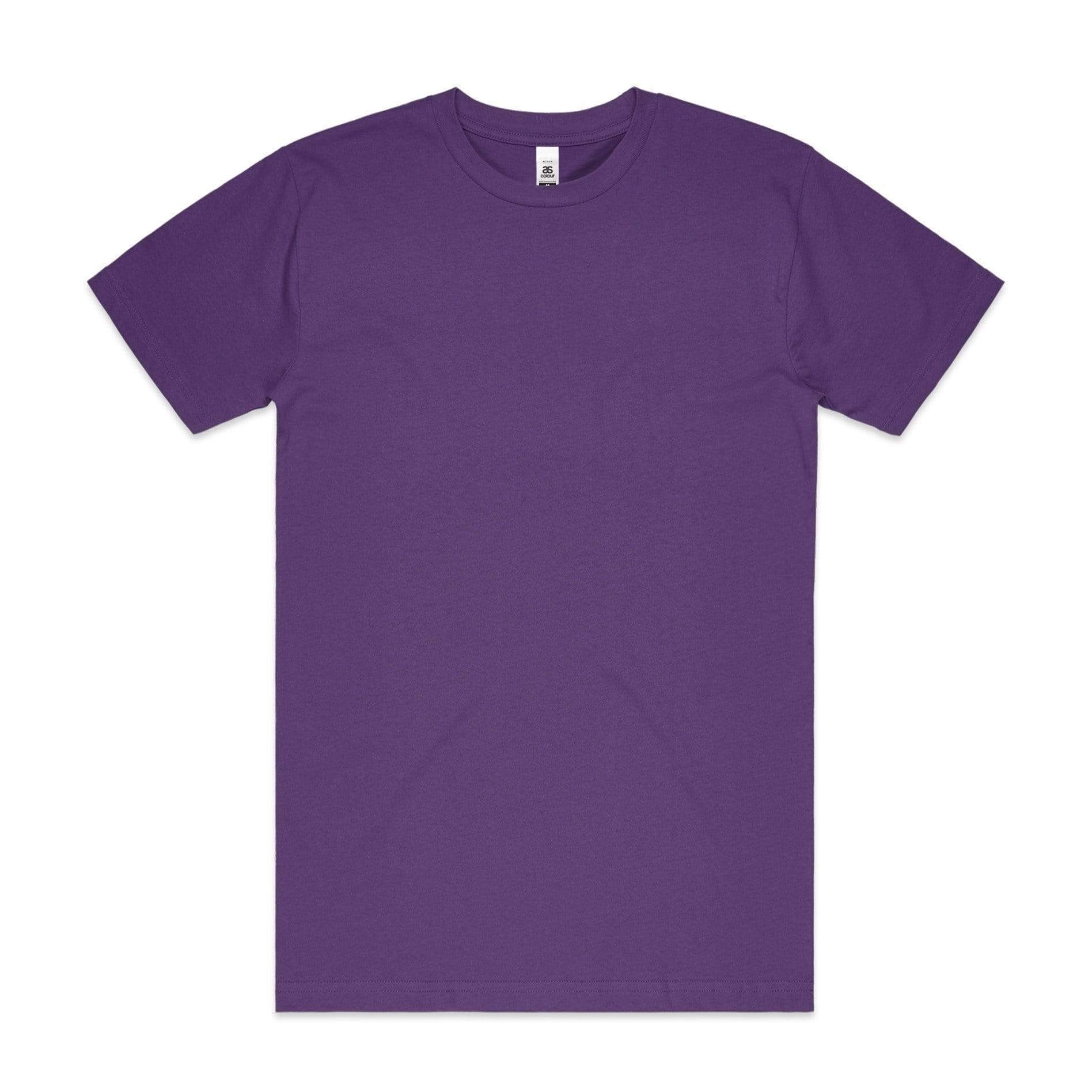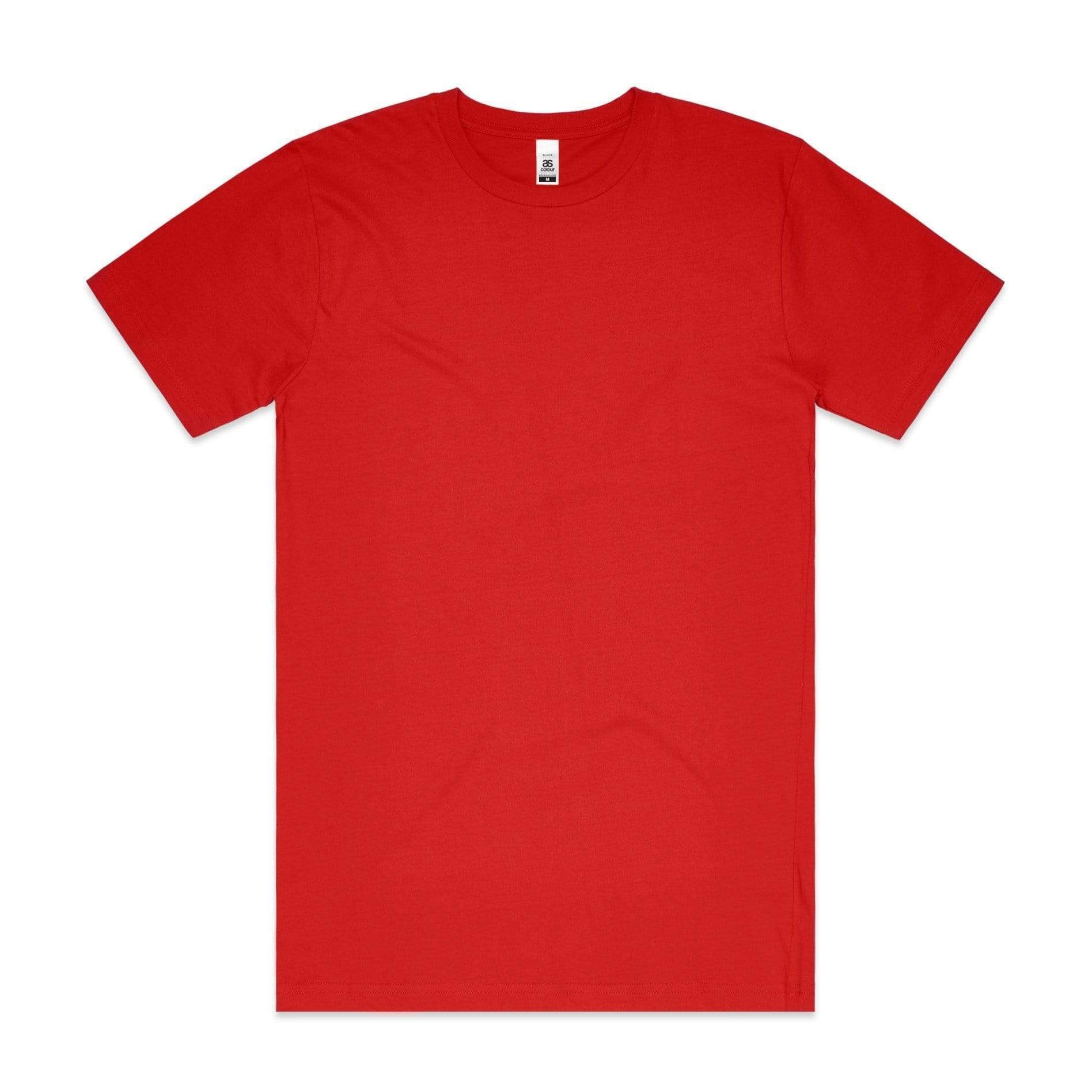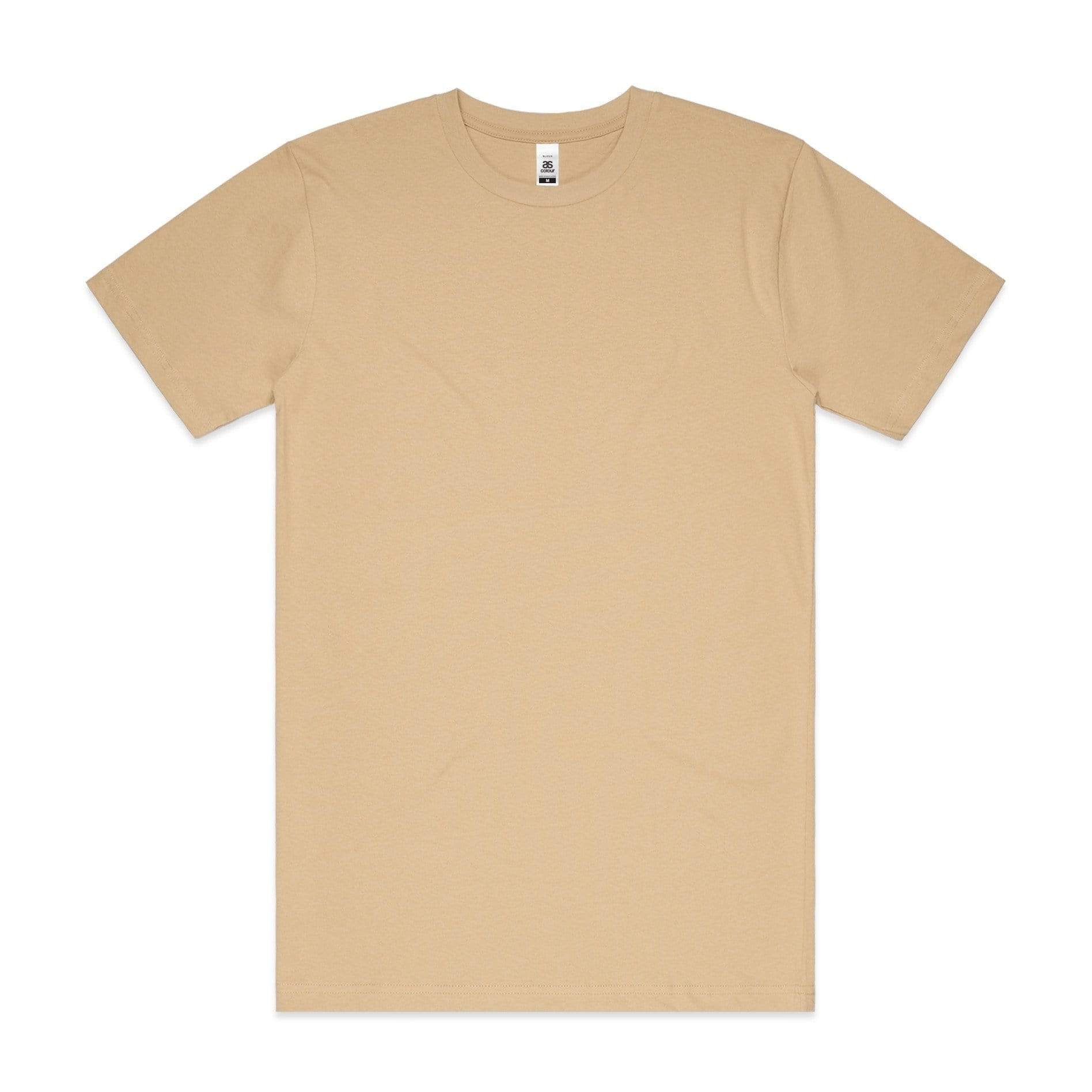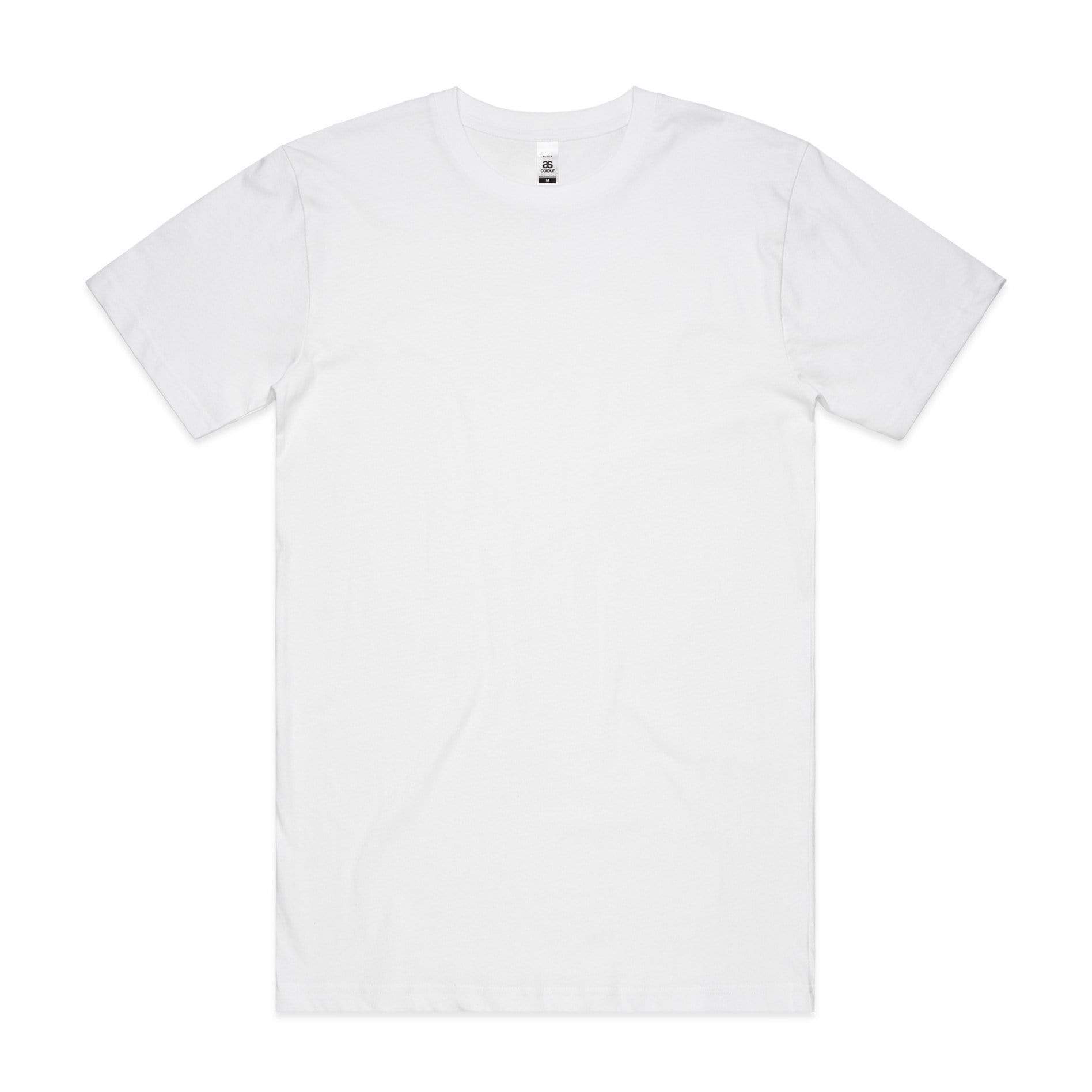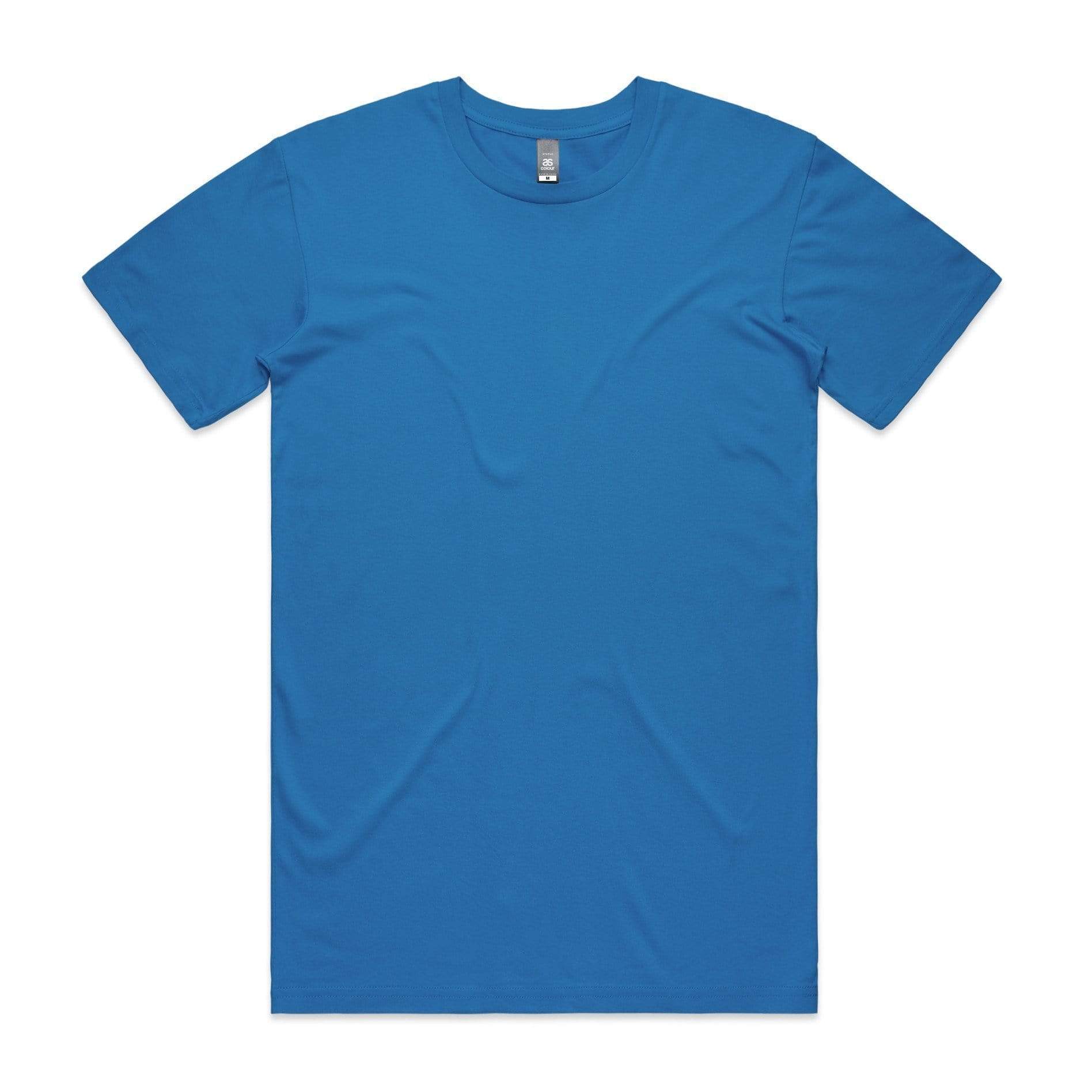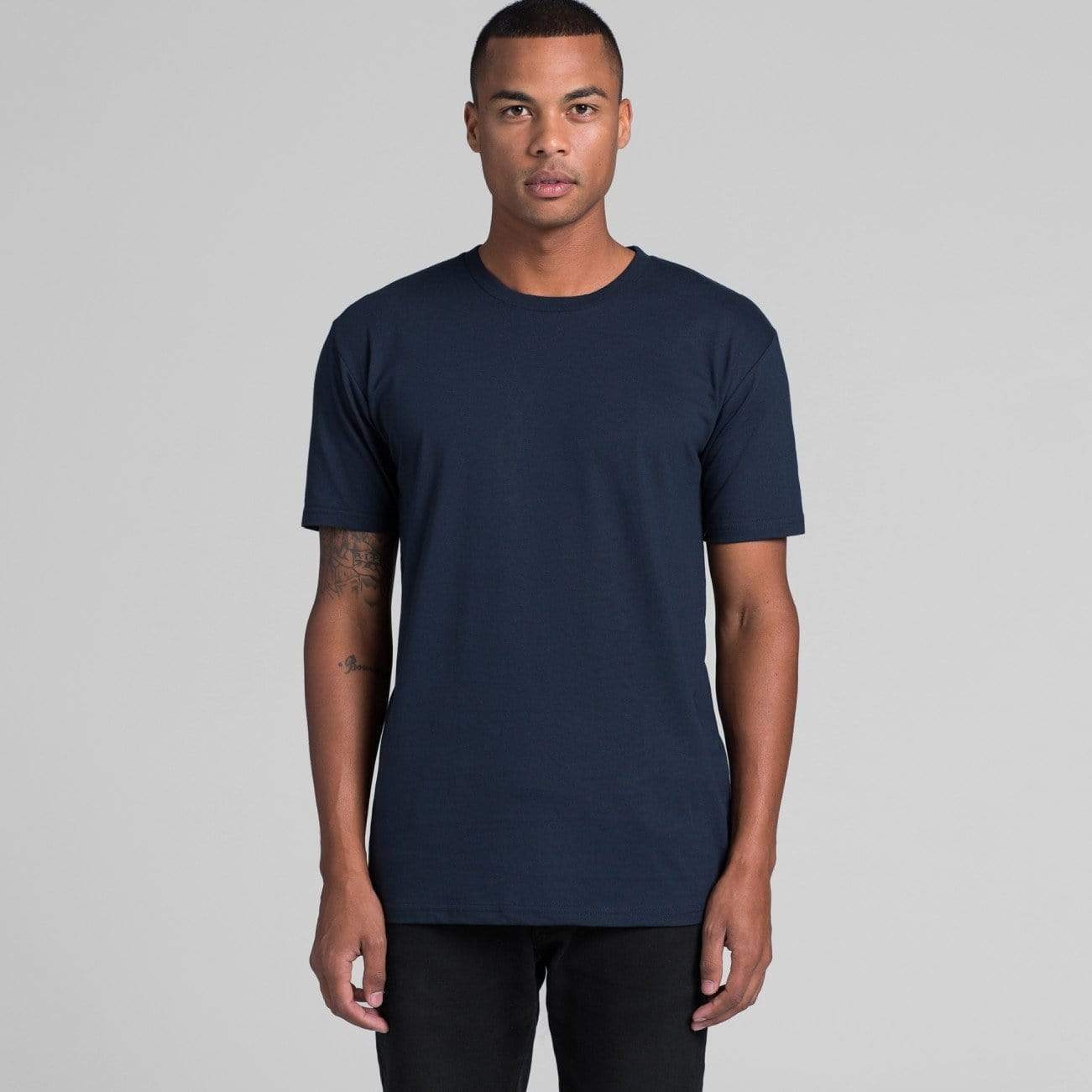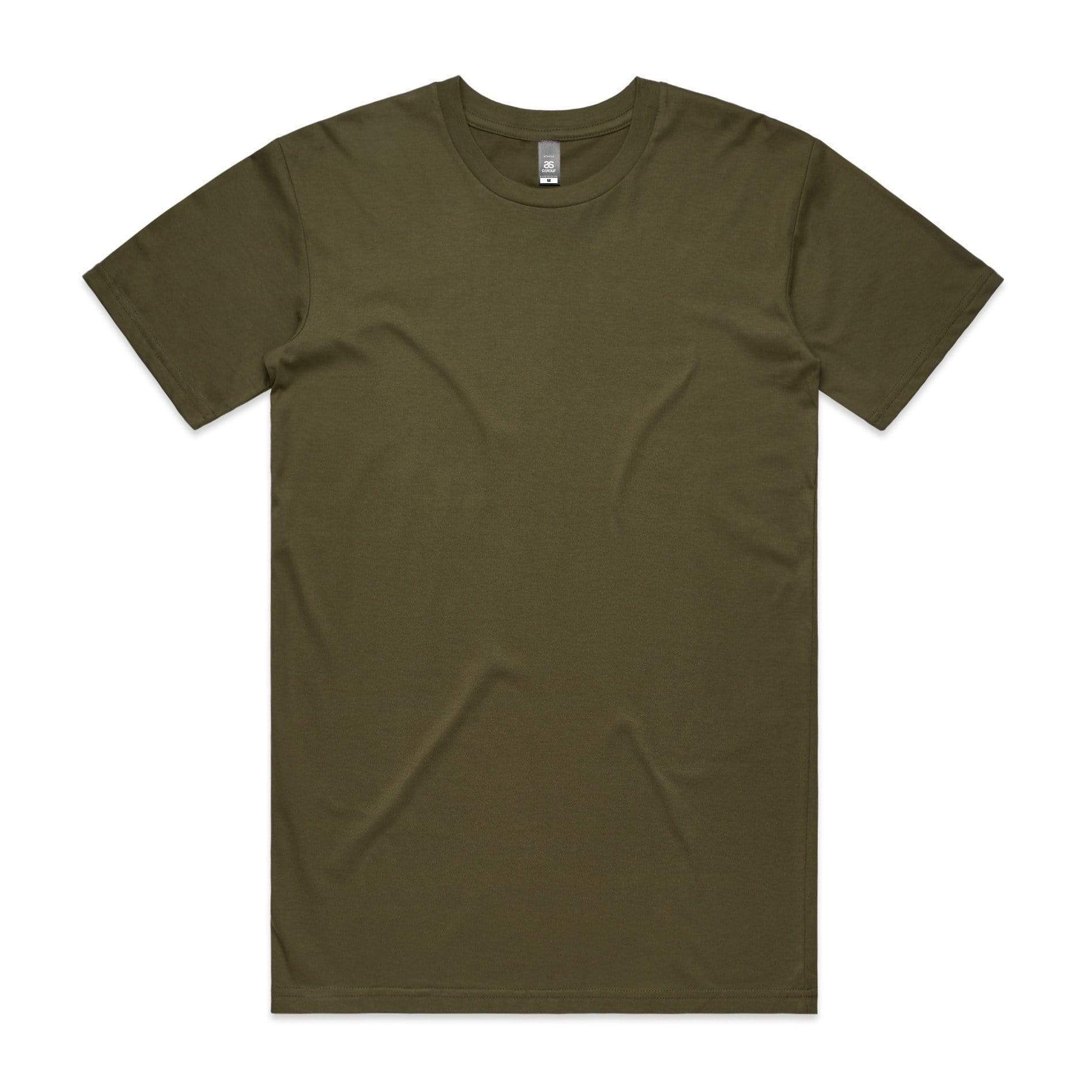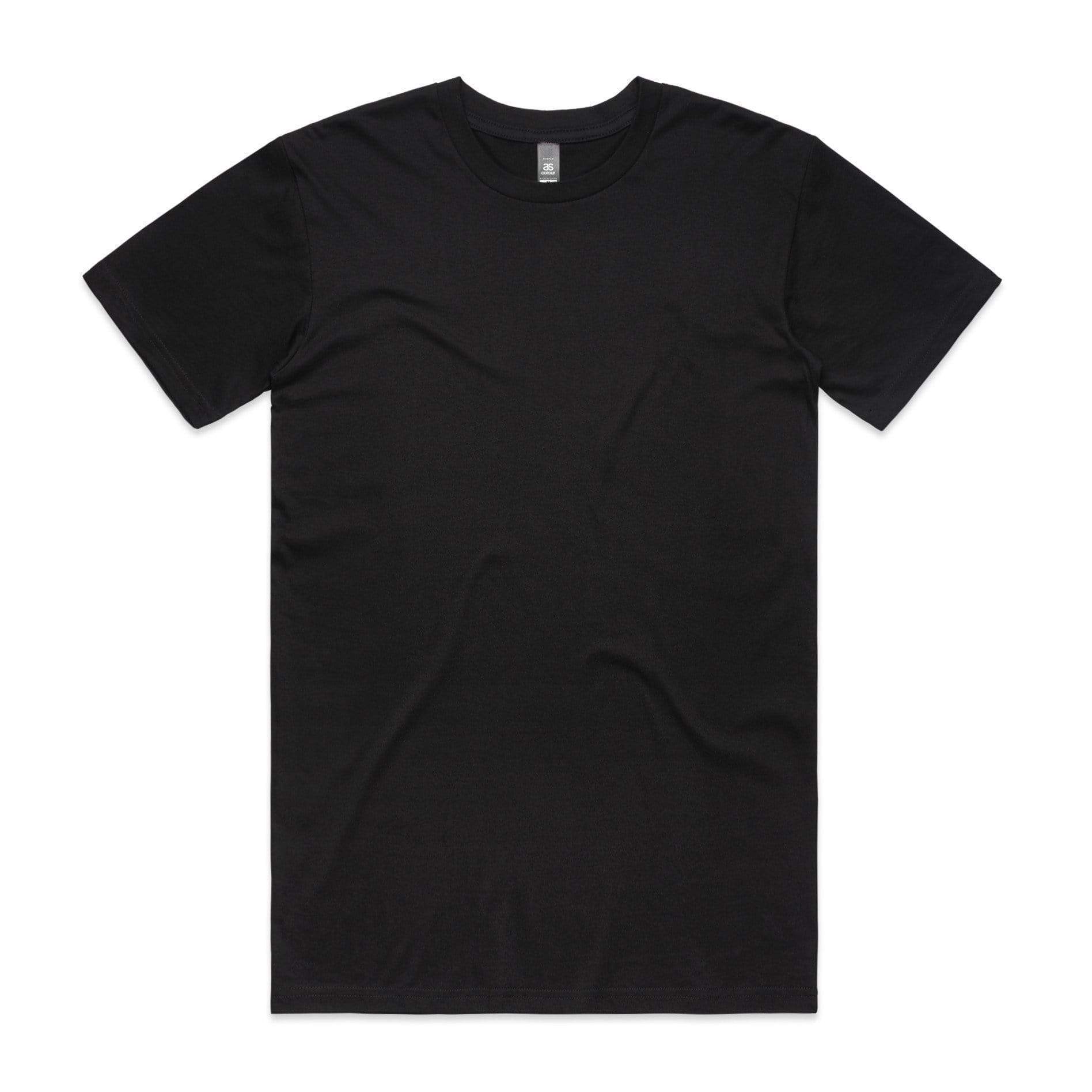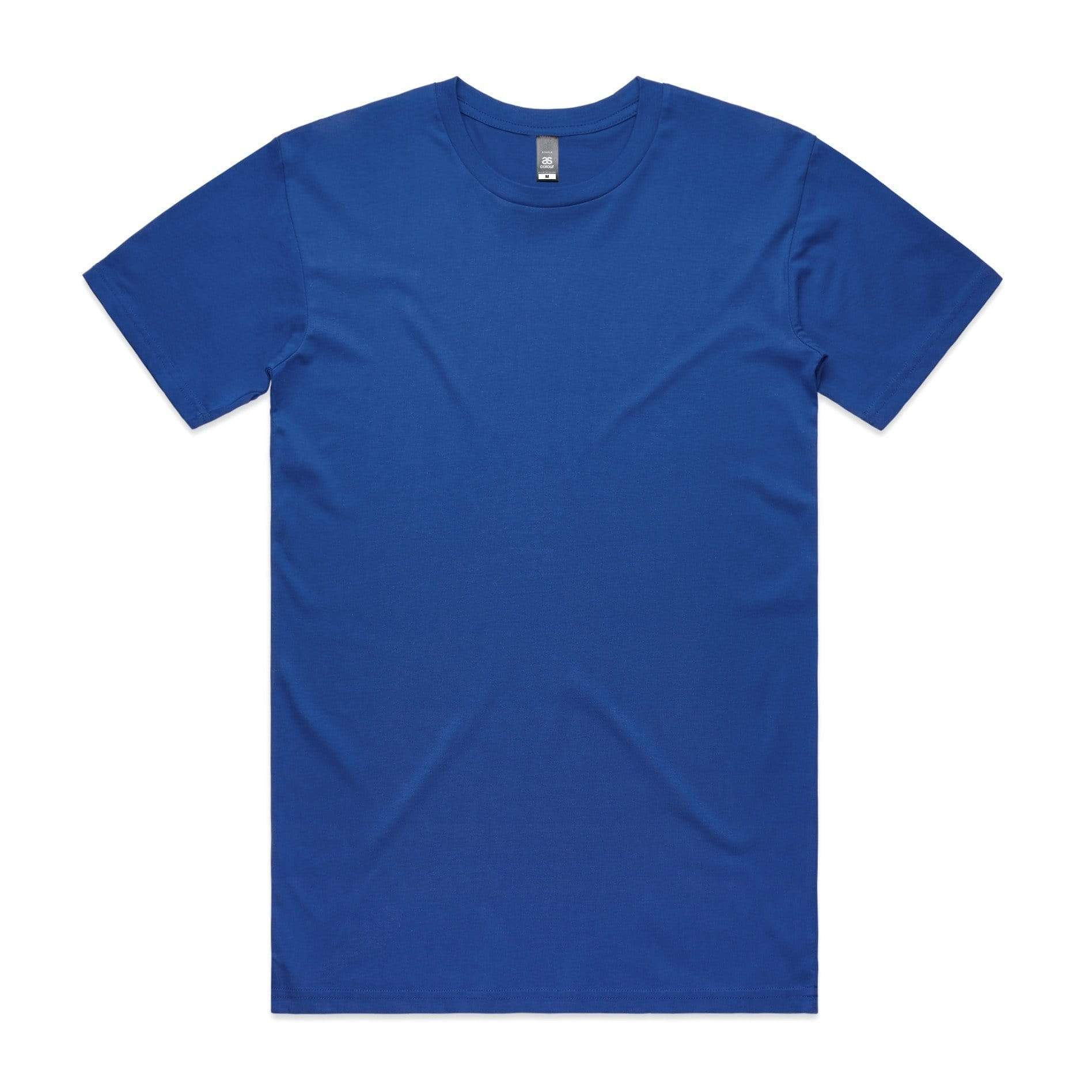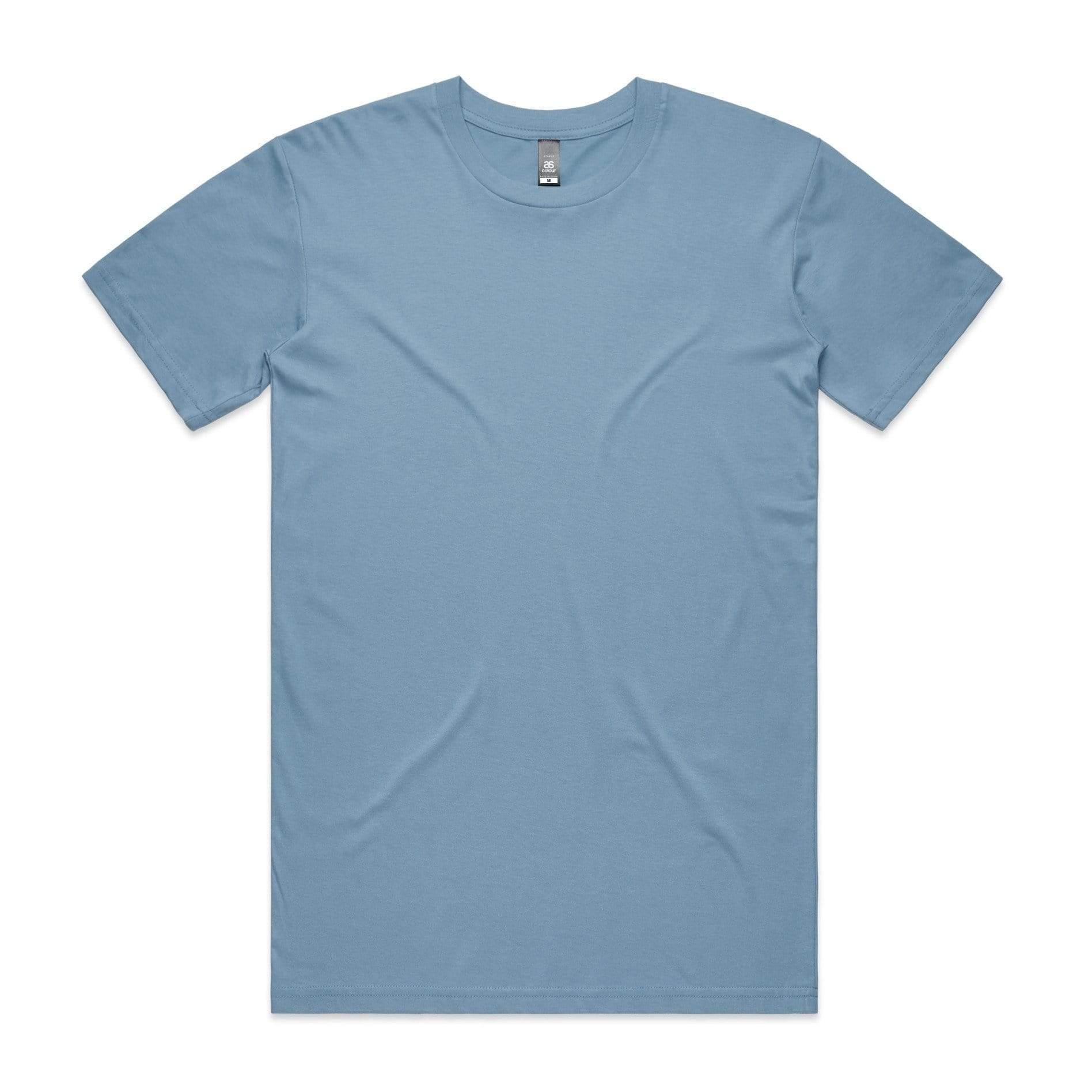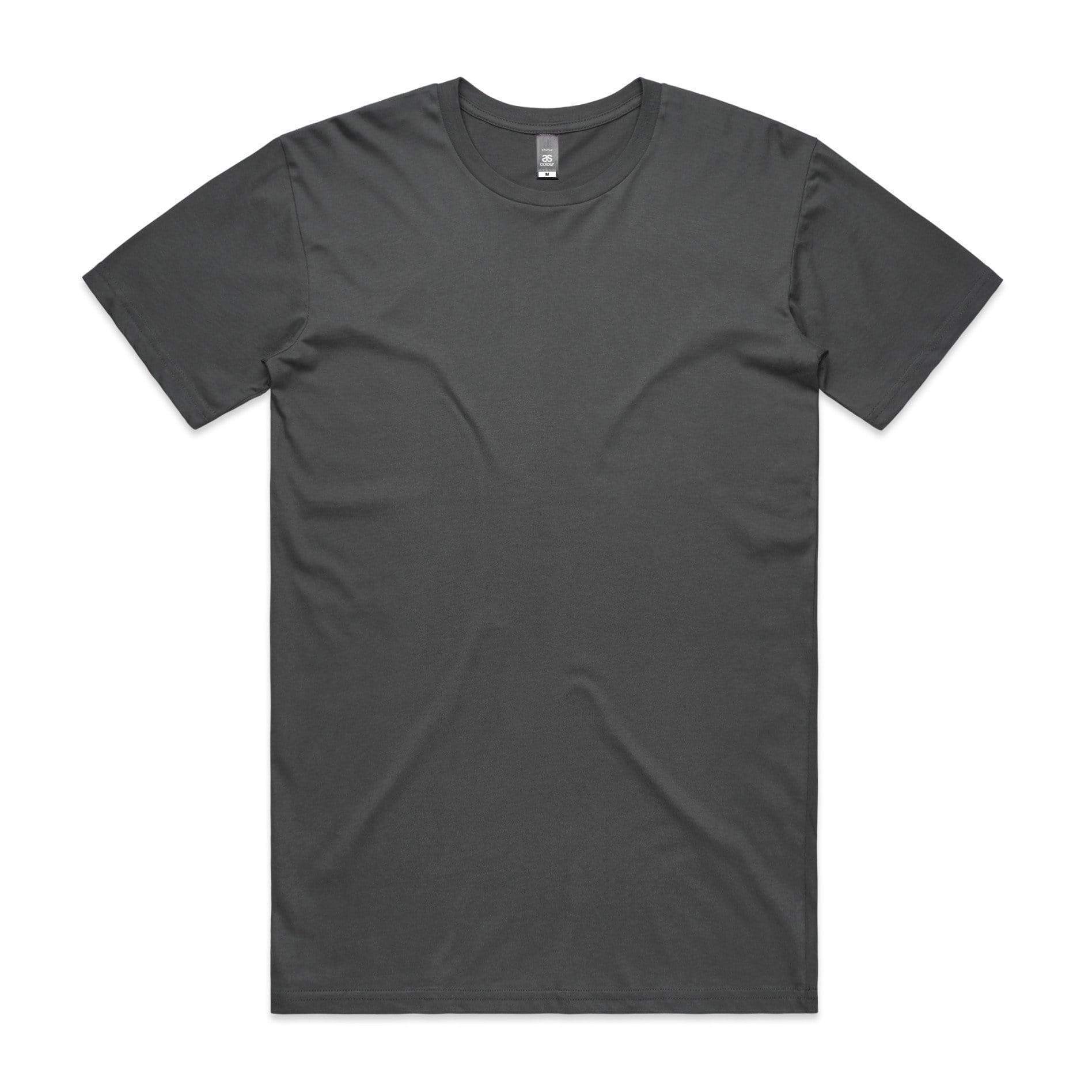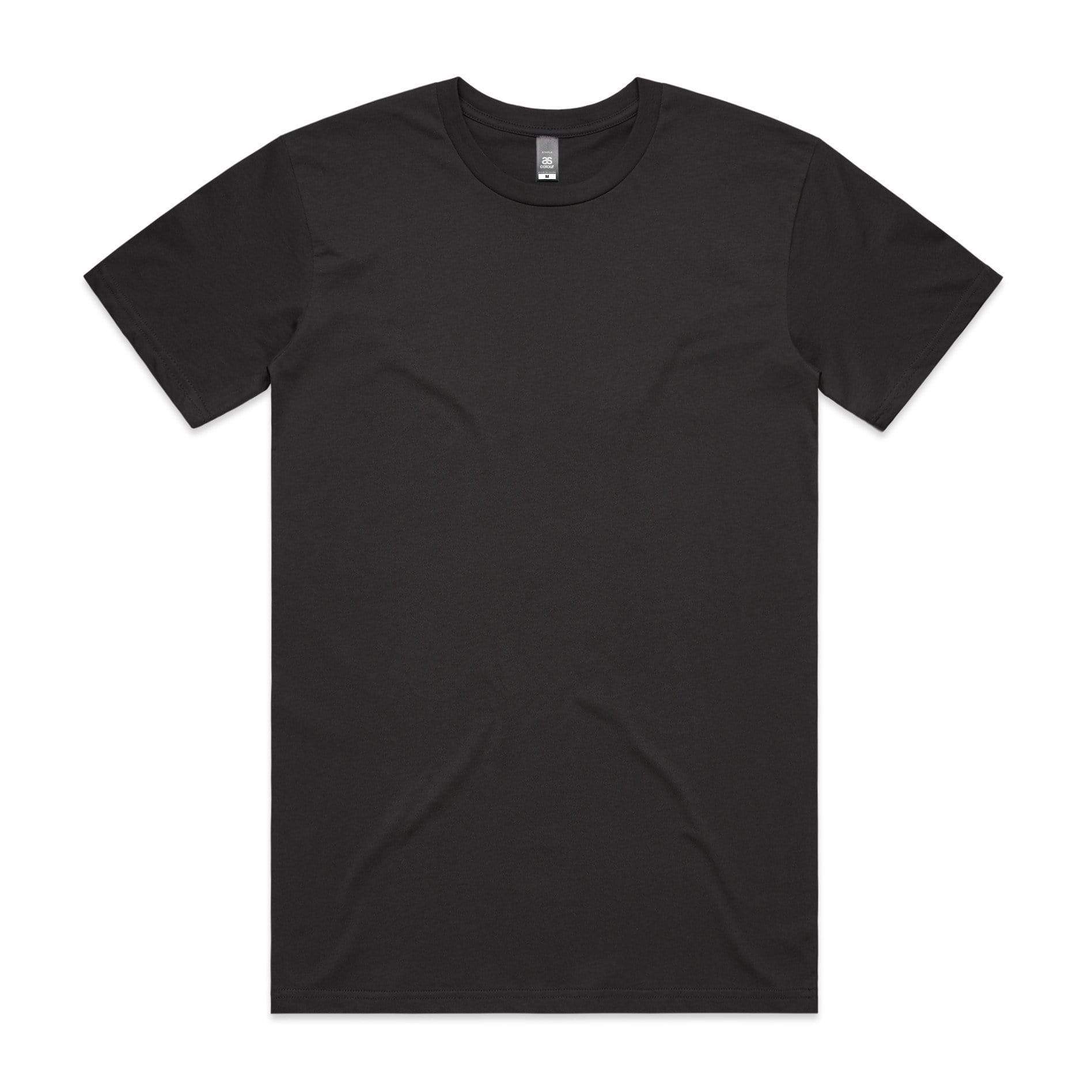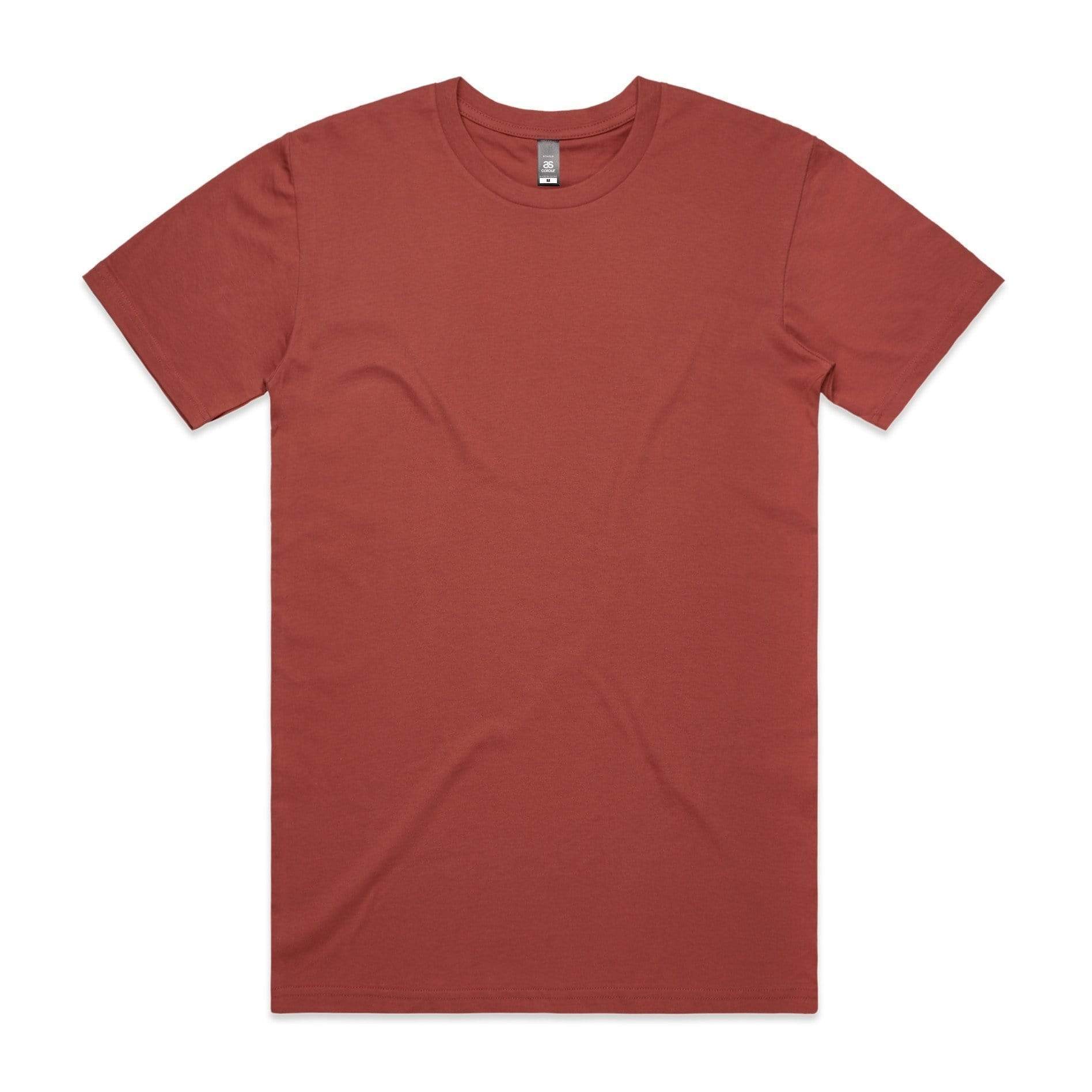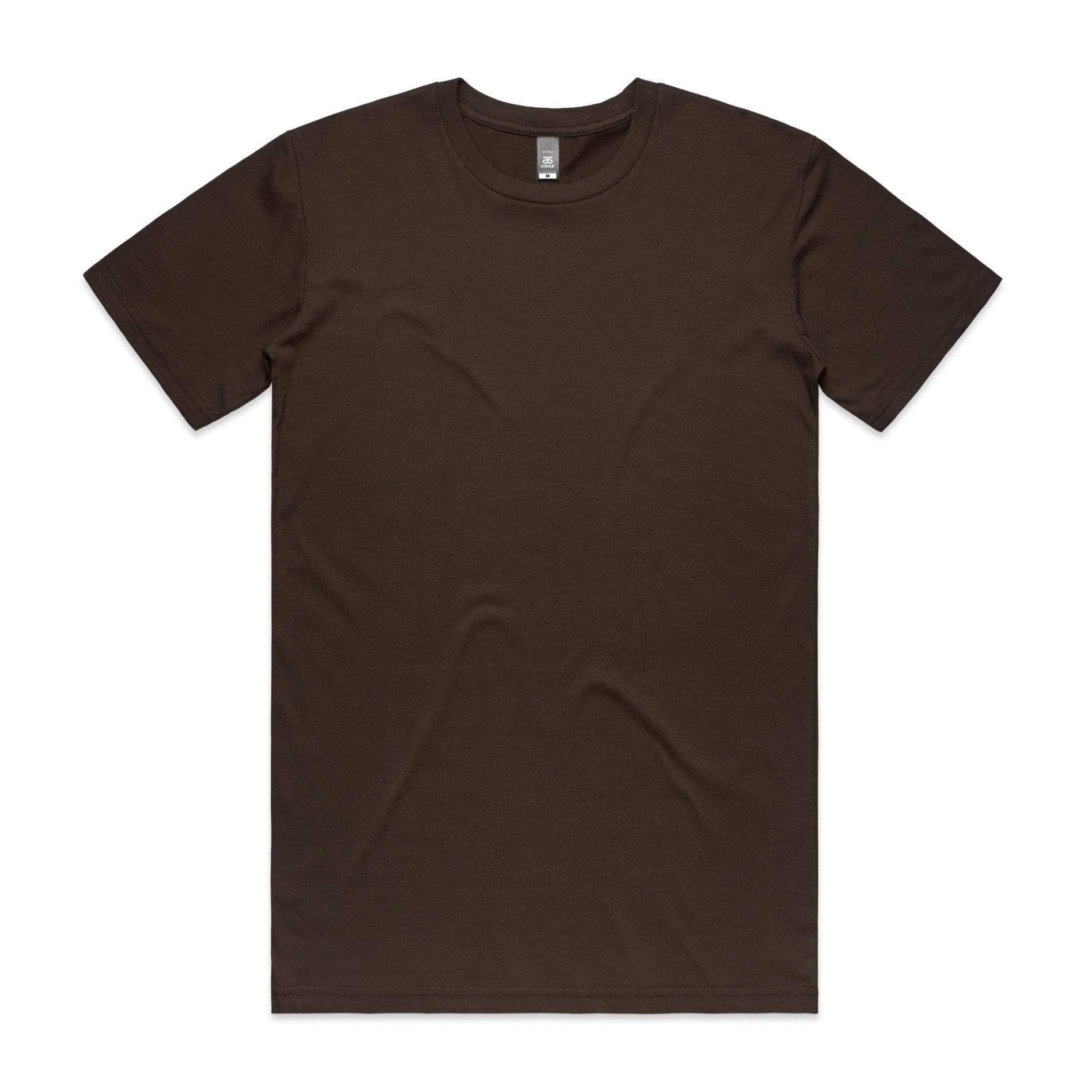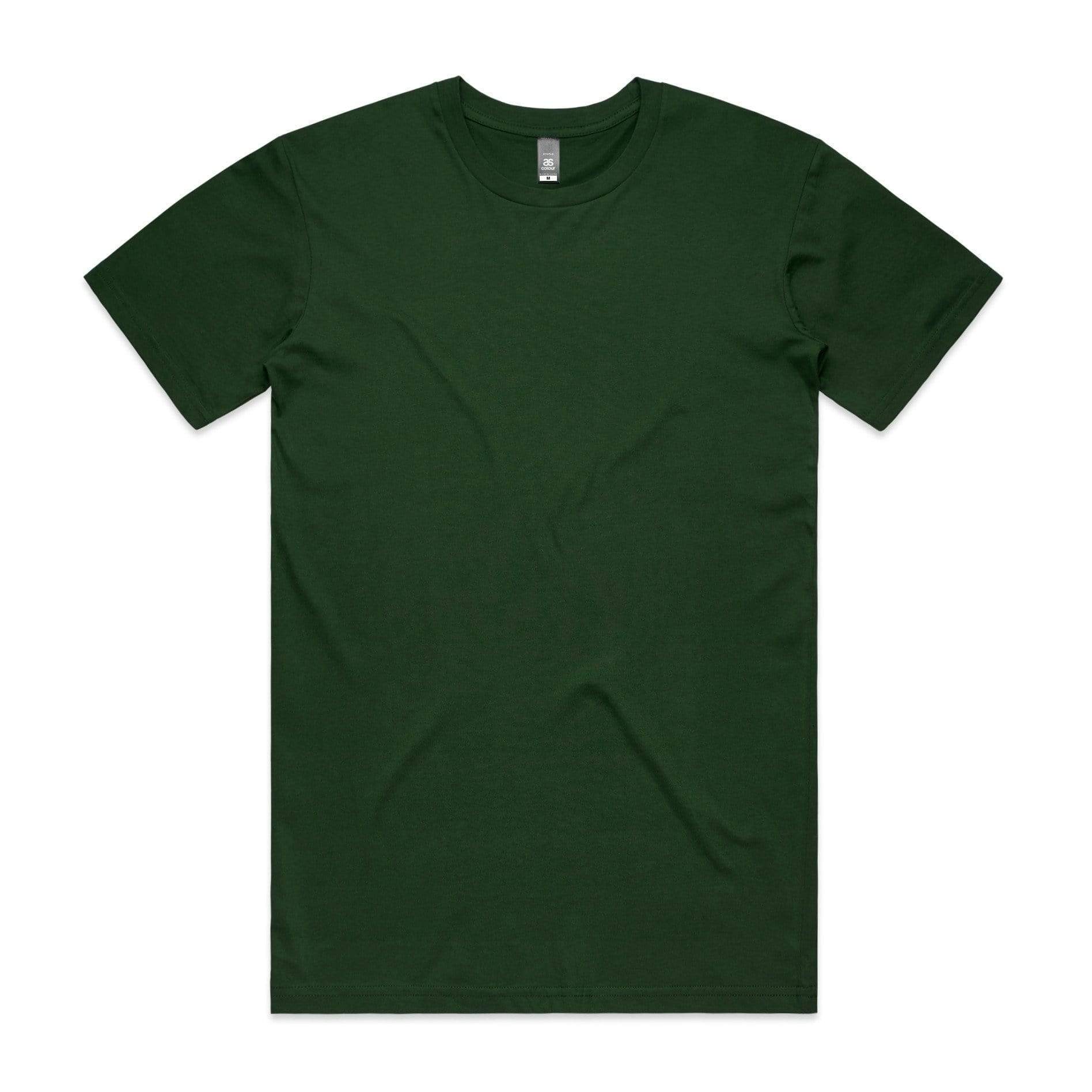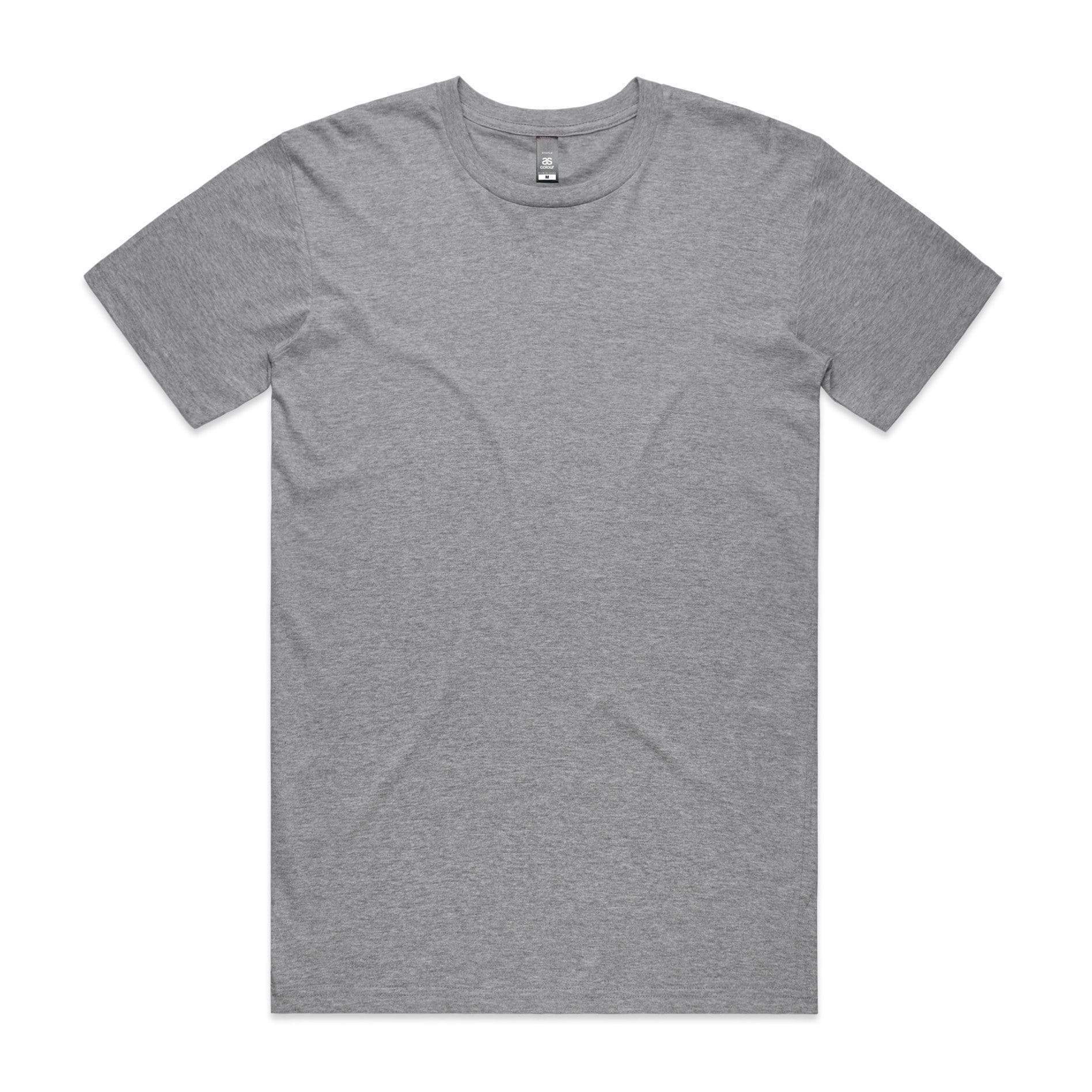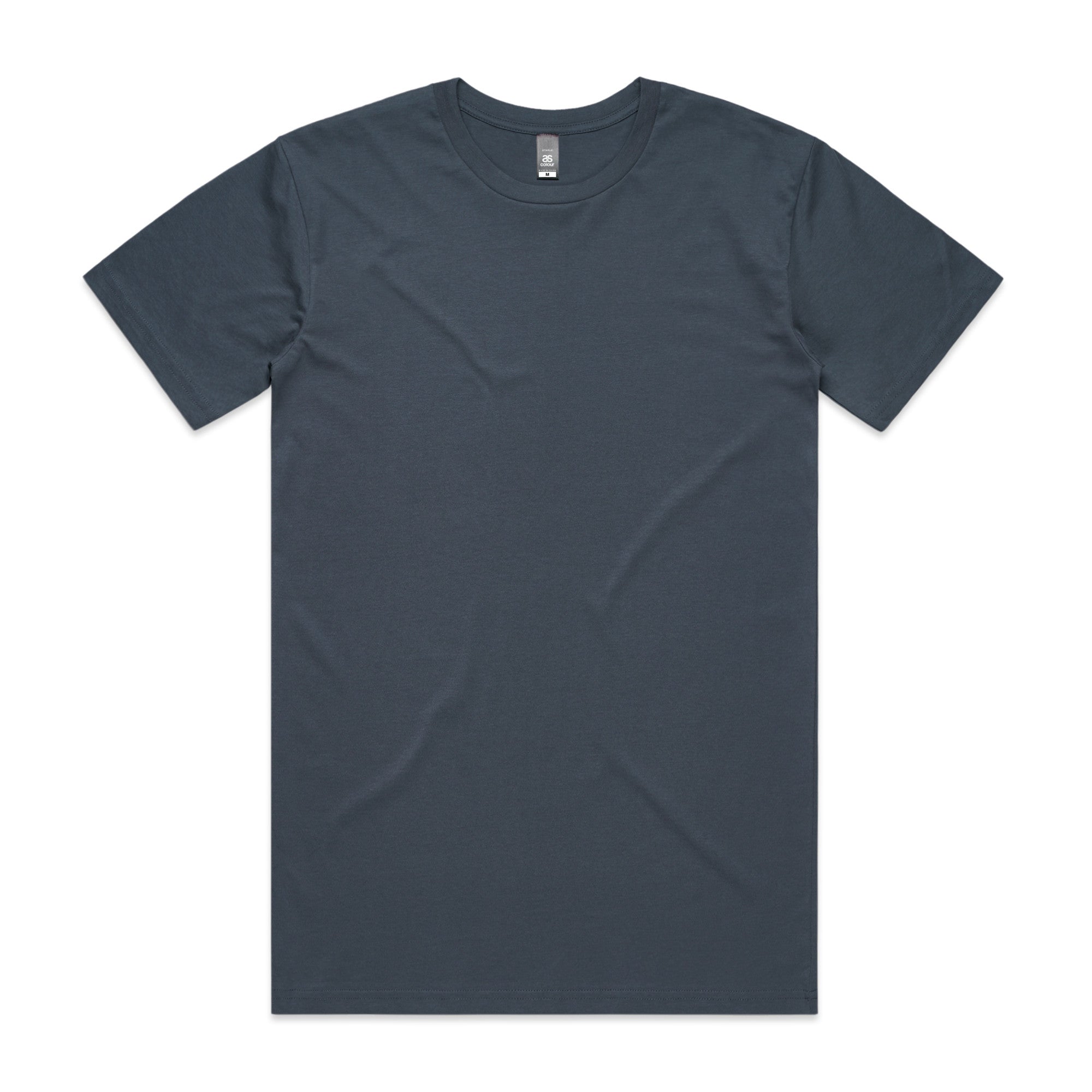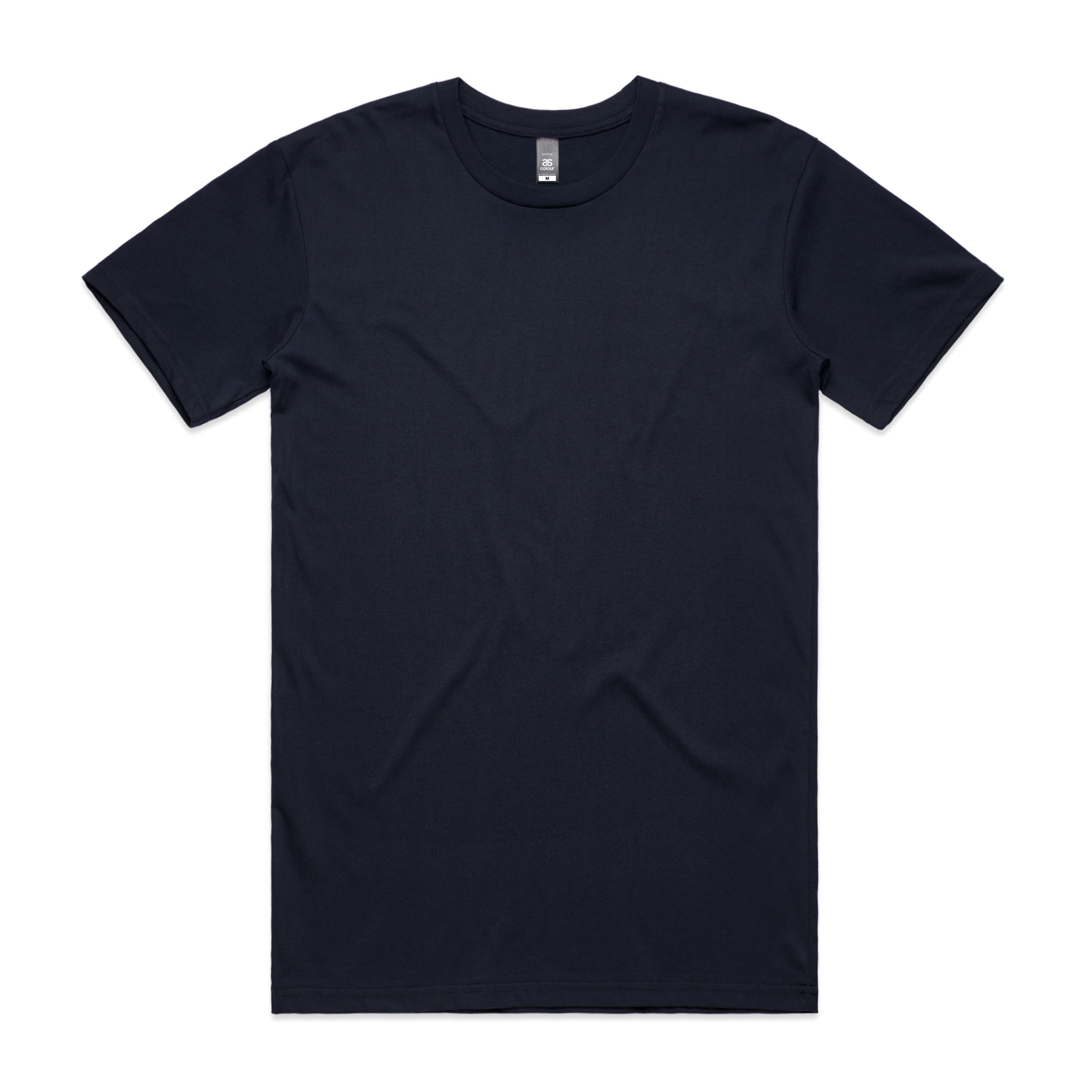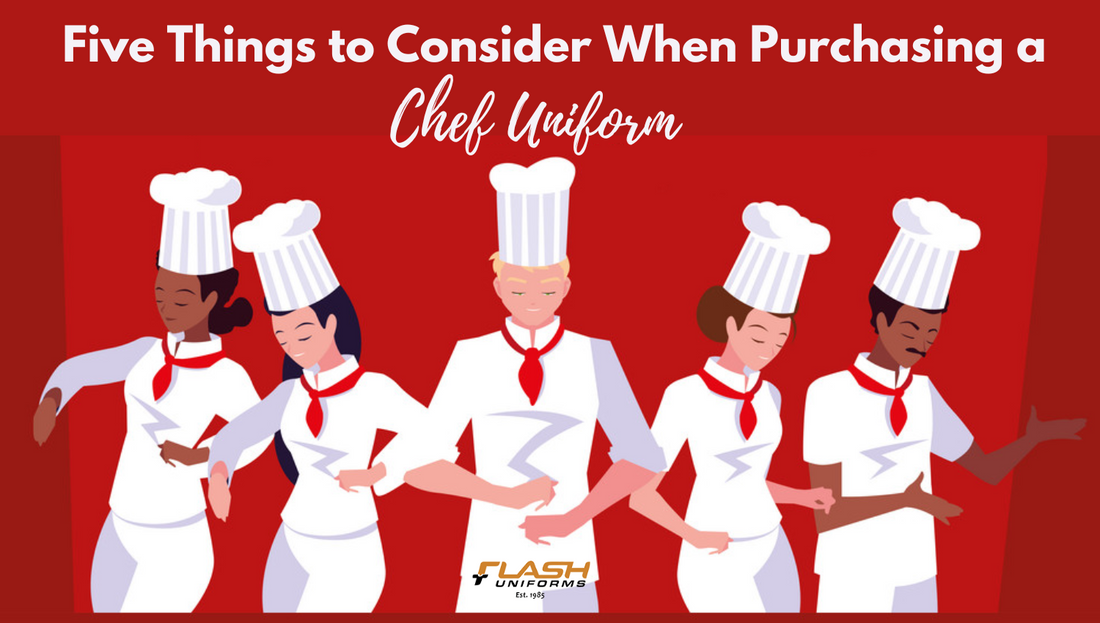The chef's uniform, also called chef's whites, has a long and celebrated history dating back to the 19th century. Marie-Antoine Carême, a popular French chef, sketched two chefs in uniform in 1822. The sketches depicted his vision for what chefs should wear to look professional. His drawings inspired what chefs wear today with a little bit of a modern twist.
As one of the most significant components of the hospitality industry, restaurants adopt a staff uniform. It helps make front-of-house staff identifiable whilst creating a professional image. Chefs, though, typically work behind the scenes. Therefore, their uniforms are donned for health, hygiene, and safety.
5 Important Considerations When Purchasing a Chef's Uniform
Chefs work in a fast-paced environment, making maintaining a clean and impeccable outfit the whole day difficult. As a chef, you should be smart and discerning when it comes to the uniform you purchase. To make your search for the perfect chef's uniform much more straightforward, here are five things to consider before you hit the shops:
Material
Cotton is the recommended chef's uniform material, particularly for the chef's jacket. It is breathable and helps insulate the body from heat. The material also gives extra protection from hot liquid splashes. Jackets tend to have buttons, which should be knotted cloth. Please don't go for metal or plastic buttons as they can fall off, a massive danger in any cooking environment. Knotted cloth buttons will not flake and are also easier to undo.
A chef's uniform does not have to be purely made of cotton. It can be a blend of polyester and cotton (called poly-cotton), which offers breathability and durability at the same time. Poly-cotton blends don't shrink, unlike pure cotton. They also dry quickly and can resist wrinkles. This material is excellent for chef jackets and pants.
Functionality
The toque blanche is arguably the most recognisable feature of a chef's uniform. It indicates the chef's status within the kitchen whilst also serving a functional purpose in ensuring hair will not fall into the food when it's being prepared. Some toques are adjustable, ensuring a comfortable fit for all head sizes.A double-breasted jacket lets you quickly reverse the clothing if one side gets dirty. This helps ensure you look clean throughout your entire shift. Also, look for overlapping layers for added protection from hot liquids and spills.
Other practical features to look for are pockets where you can store small tools, pens, and thermometers if needed. Loops or ties are also useful in securing the apron, so it does not fall off or get in the way when the kitchen gets busy.
Comfort
A comfortable chef's uniform should have the perfect fit, so it does not restrict your movement. Determine the correct size by taking measurements of your chest, hips, waist, and inseam. Consider the design, as well. A double-breasted jacket, loose-fitting pants, and adjustable hats will allow you to move freely and comfortably.Remember to pick the suitable fabric, which should offer moisture-wicking and heat-resistance properties. Once again, we recommend cotton and polyester-cotton blends for this purpose.
Safety
As mentioned, chef's uniforms are not just worn to give the wearer a professional look. The correct uniform can provide adequate protection whilst minimising potential hazards in the kitchen. That's why you should search for a uniform with the following safety features:- Heat-resistant or flame-retardant materials, such as cotton and polyester
- Long-sleeved jackets to protect the arms from potential injuries like burns when working around hot surfaces
- Loose pants for unrestricted movements and good air circulation
- Non-slip shoes or those with slip-resistant soles to reduce the risk of falling and slipping on wet or greasy floors
- Durable aprons made from a heat-resistant material to protect against hot liquid splatters
As much as possible, avoid any accessories that dangle, such as long neckties, necklaces, and drop earrings. Most kitchens don't allow the wearing of accessories since they could cause accidents, such as getting caught in equipment or open flame contact.
Price
Finally, pick a uniform that fits your budget. You don't have to buy costly jackets, hats, and other items to look presentable. However, while it is essential to stay within your budget, you should never compromise on the quality of your uniform. Make sure it is well-made and durable so it can withstand frequent and heavy washing. Quality chef's uniforms will last longer, effectively saving you money in the long run.

Tips for Caring for Your Chef's Uniform
After you have found the right uniform, make sure to give it the TLC it deserves. Proper care is essential in maintaining its clean appearance and safety features. Here are a few quick tips for preserving its look and longevity:- Read the care label. Each fabric can have varying instructions on washing, drying, and ironing the garment.
- Maintain hygiene and cleanliness by washing the clothing after every use. Washing the uniform after exposure to strong odours, spills, or stains is even more critical.
- If the clothing has visible stains, use a stain remover. Alternatively, you can soak it with water and mild detergent prior to washing.
- Don't use bleach or even fabric softeners. Pick a mild detergent so as not to weaken the fibres and cause fabric deterioration.
- Wash your uniform in cold or lukewarm water to prevent colour fades and fabric shrinkage.
- Never wash your whites with coloured items. This will cause colour bleeding, therefore damaging your uniform.
- When it comes to drying your uniform, use low heat or simply air dry it. Make sure to avoid over-drying the items so they don't become stiff, which can be quite uncomfortable.
- When wrinkled, iron the ferment on low to medium heat. The care label will tell you which heat setting to use. Also, iron inside out to avoid damaging any detail or embroidery.
Store your uniform properly by hanging it in a well-ventilated area, protecting it from direct sunlight. Never store wet or semi-dry clothing; otherwise, it can lead to a build-up of odour and mildew. If you see any damage, no matter how minor, have it repaired immediately. For example, loose buttons and little tears should be fixed to prevent further damage and preserve your professional appearance.

What does a standard chef uniform consist of?
The traditional chef's uniform is made up of the following items:- Double-breasted jacket
- Toque blanche (meaning "white hat" in French)
- Black or check/houndstooth-patterned pants
- Striped, white, or black apron
- Slip resistant shoes
How to measure for a chef uniform?
Use a flexible measurement tape and write down the measurements for the following:- Circumference of the chest at its fullest part, ensuring the tape is parallel to the floor
- Circumference of the waist at its narrowest point, generally around the navel
- Hip circumference at its fullest part, typically around the buttocks, ensuring it is not too tight
- Length of the leg from the crotch to the ankle
- Sleeve length, measuring the outer edge of the arm from the shoulder seam to the base of the wrist
If you plan on wearing a collared jacket, you should also measure your neck's circumference at the base. Add about 1-2 cm for comfort. As for your hat, measure the head's circumference just above your eyebrows and ears where the toque will sit. Allow it to be slightly loose.
What are the rules for wearing a chef uniform?
Specific rules vary to some extent depending on the establishment. However, general guidelines for wearing a chef's uniform are as follows:- Keep the uniform spotless, particularly when starting your shift.
- Wear all uniform components, from the hat to the pants, jacket, and apron.
- Have appropriate footwear, which usually comprises closed-toe shoes with non-slip soles.
- Use the toque to keep your hair out of your face and minimise contaminating the food.
- Remove your uniform whenever you leave the kitchen, which also prevents cross-contamination.
Jewellery is usually not worn in professional kitchens, so don't bring any dangling necklaces and bracelets. Although not a part of your uniform, it's vital to ensure the hands are clean and the nails are well-groomed.
When purchasing a chef's uniform, consider the material, functionality, comfort, and style. Look for a material such as cotton or poly-cotton blend for breathability and durability, as well as features such as adjustable toques, overlapping layers, and pockets. Make sure the uniform fits you properly, and choose a style that reflects your restaurant's brand and identity.
Shop Hospitality and Chefwear
Browse our top-quality hospitalty and chef uniforms, guaranteed to give you the style, comfort and safety you need in any kitchen or hospitality industry.
